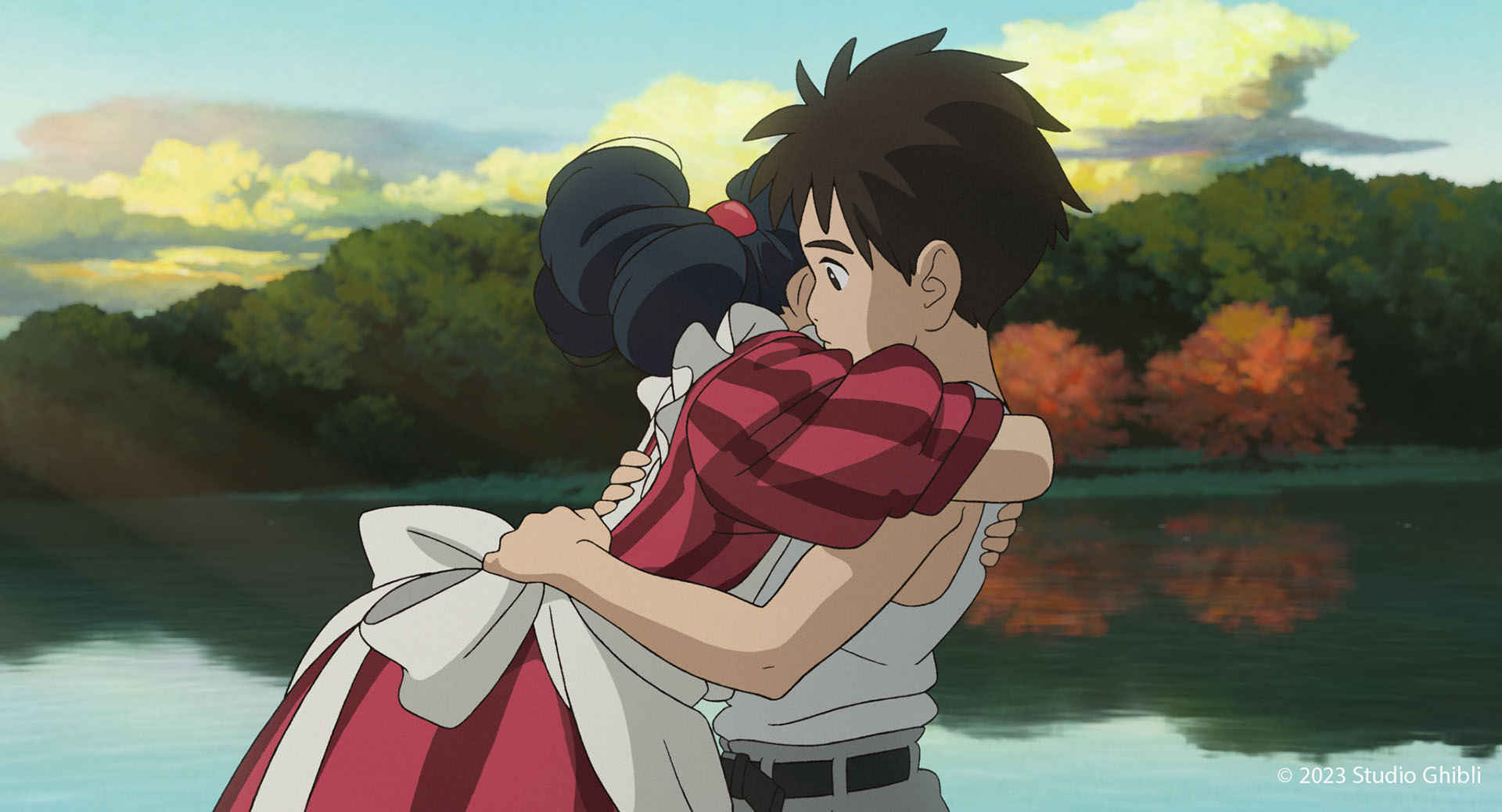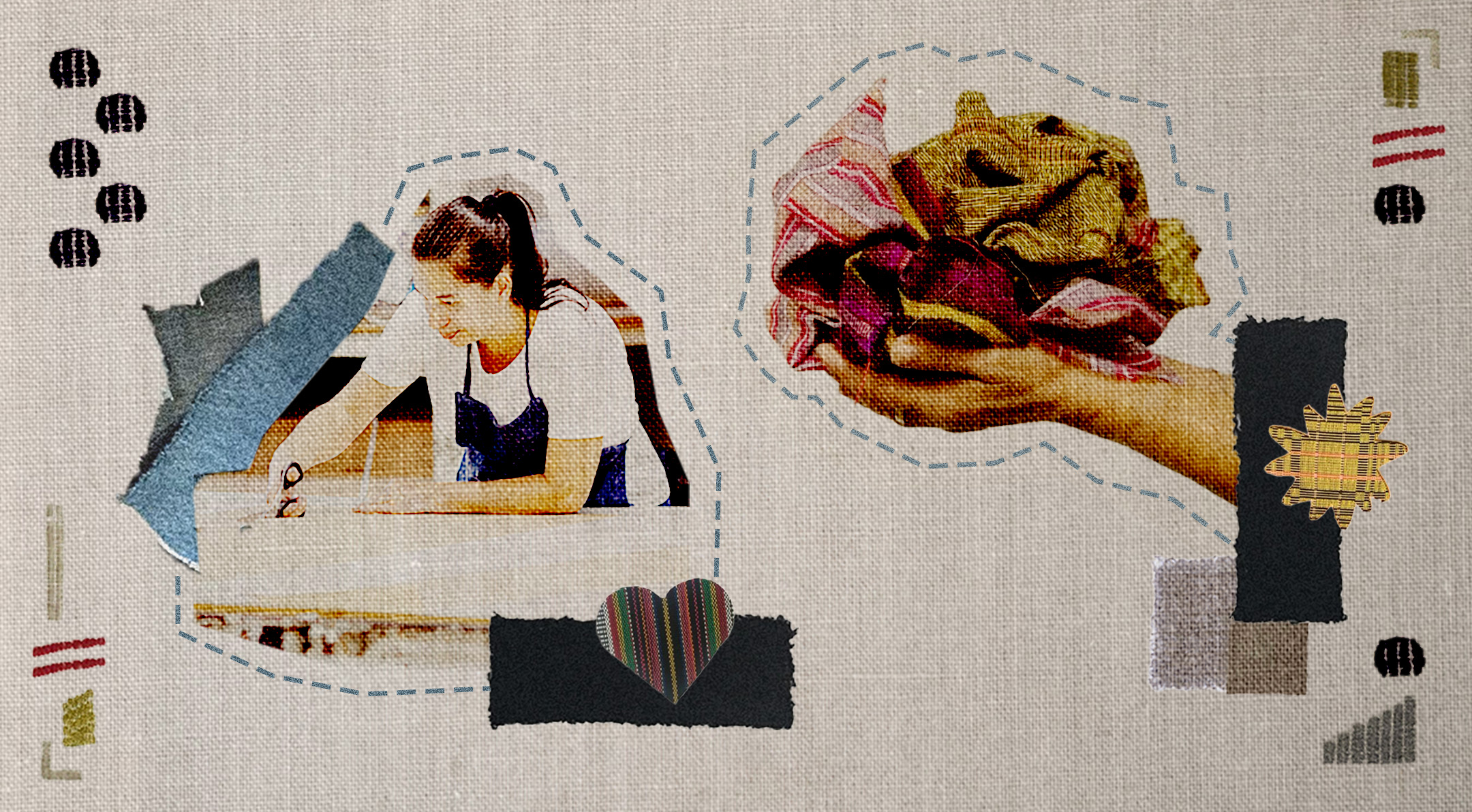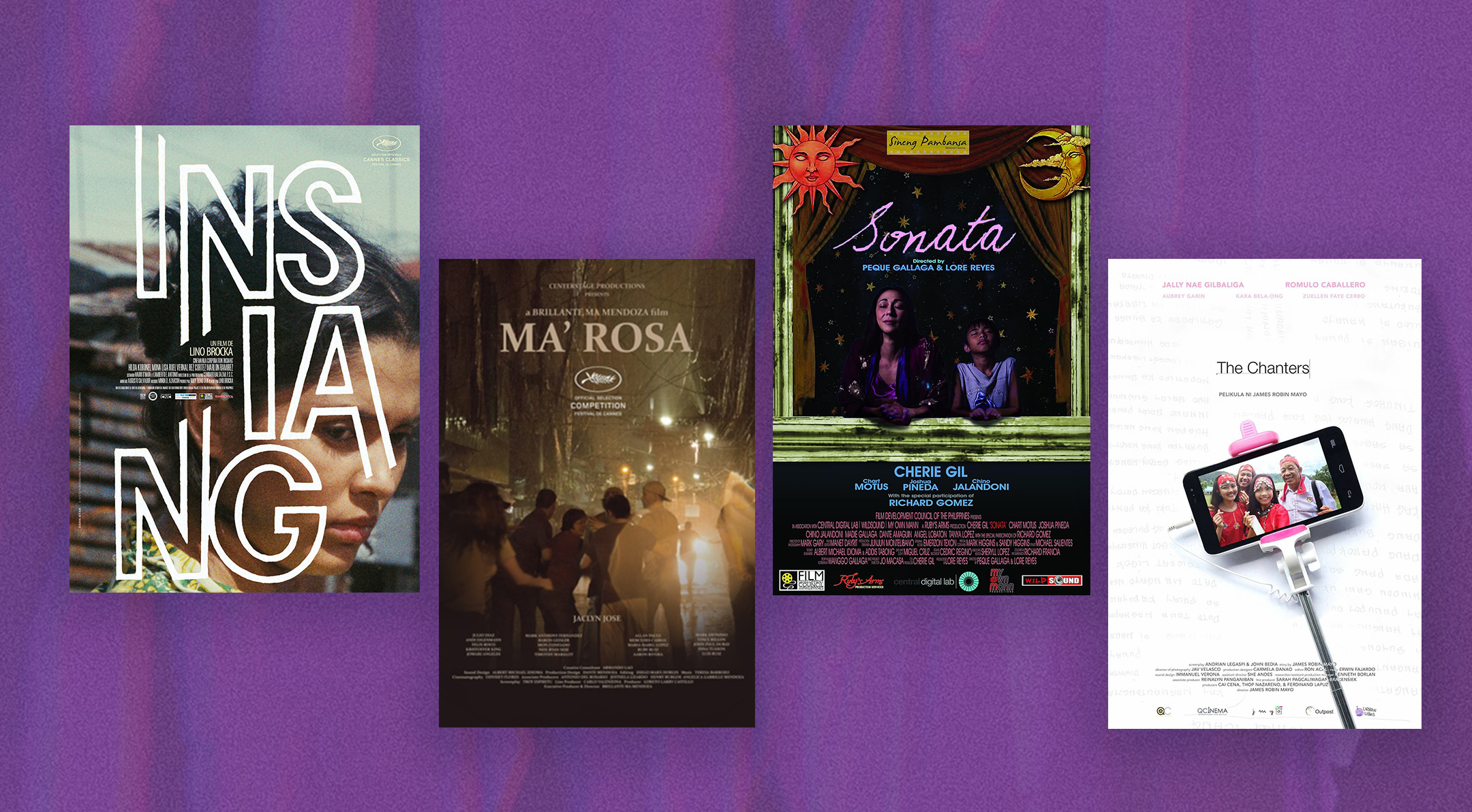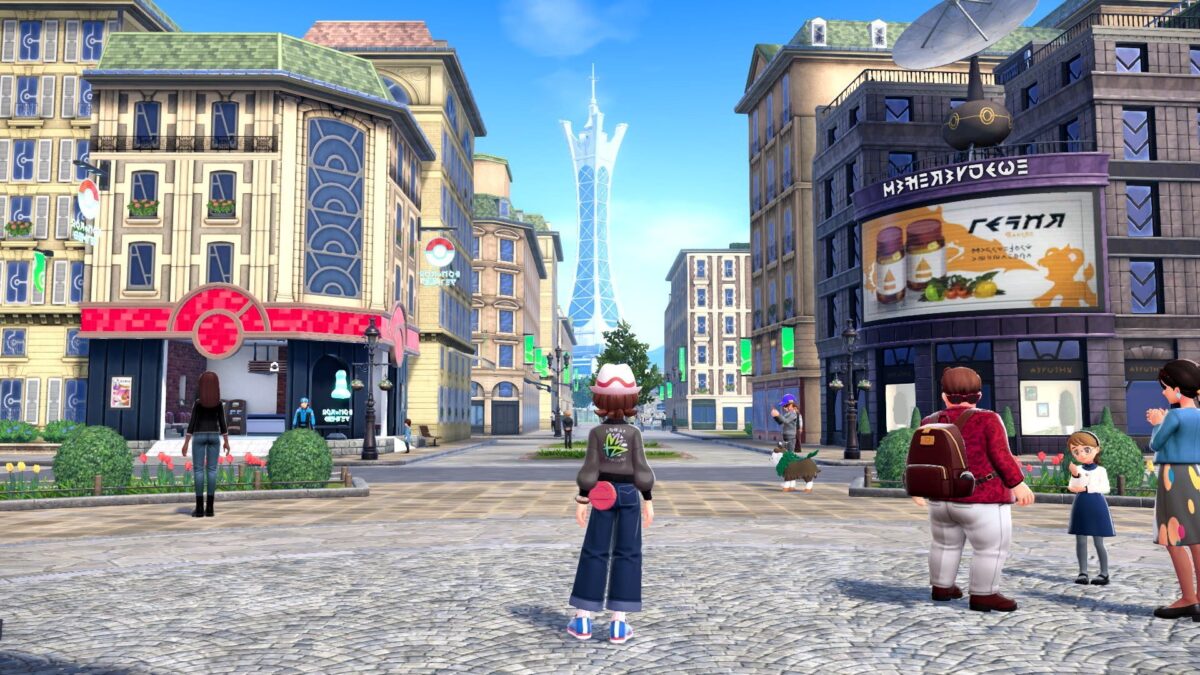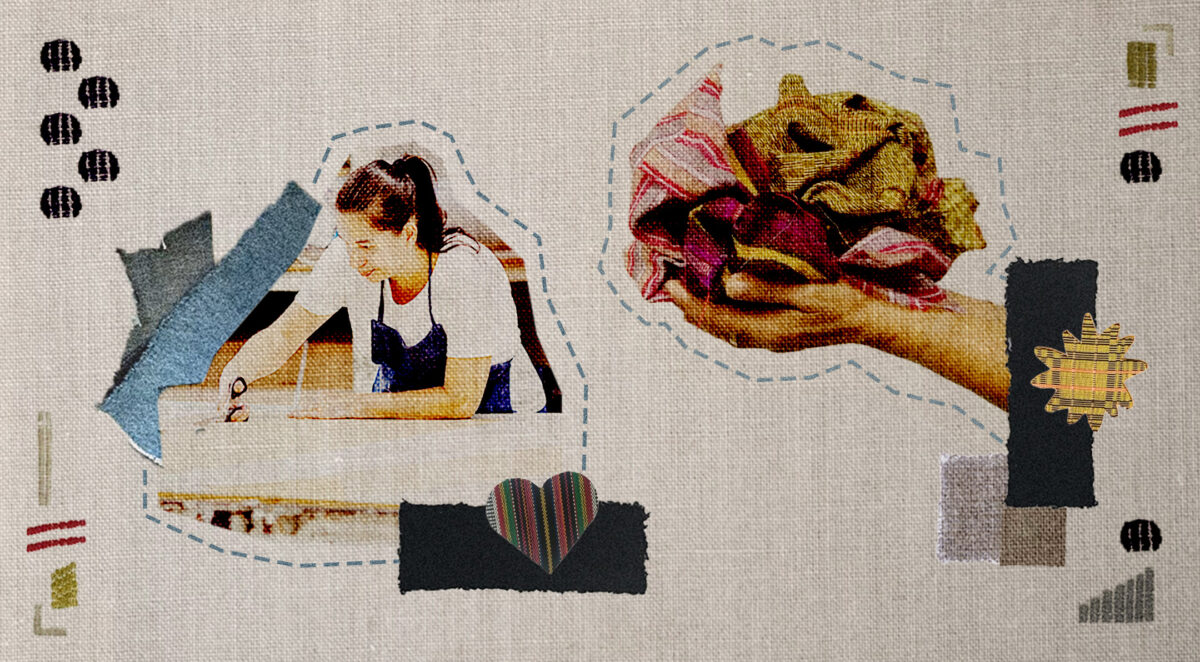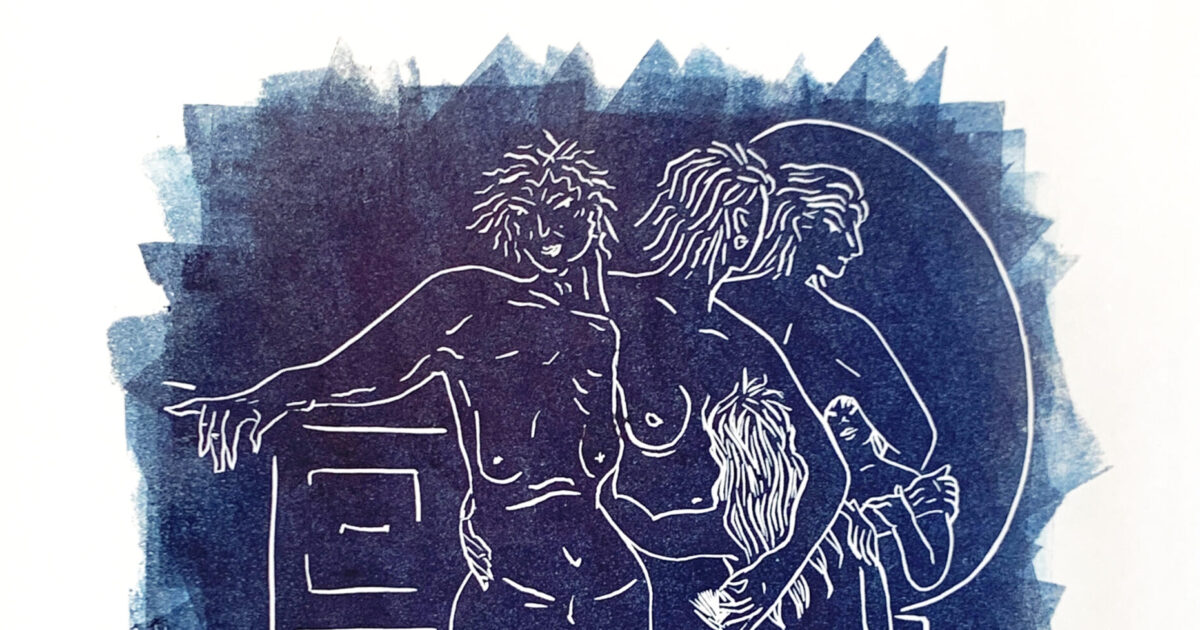Considered Miyazaki’s final film, Studio Ghibli’s latest is a visual and auditory masterpiece that ventures into themes of loss, expectation, and acceptance
Studio Ghibli’s “The Boy and the Heron” is now in cinemas nationwide, from Encore Films under Warner Bros. distribution. Hayao Miyazaki’s last and latest film is available in the original Japanese version (with English subtitles) and also in the English version in select cinemas.
Its original Japanese title, “Kimitachiwa Do Ikiruka,” meaning “How do you live?” takes after the eponymous novel by Genzaburo Yoshino, which Miyazaki was given in his youth by his mother. The film depicts certain events from Miyazaki’s childhood, framing the masterful storyteller at the center.
“The Boy and the Heron”
“The Boy and the Heron” follows the story of 11-year-old Mahito set towards the end of World War II in Japan. After losing his mother in a tragic fire, he moves to the countryside with his father Shoichi, and stepmother Natsuko, who happens to be his late mother’s younger sister.
One day, a mystical Heron leads Mahito inside the estate’s mysterious tower. The structure, built by his granduncle, is said to have vanished into thin air. With loss and grief etched in his heart, Mahito embarks on an otherworldly journey in search of Natsuko, who has gone missing, and motivated by the promise of his late mother’s survival.
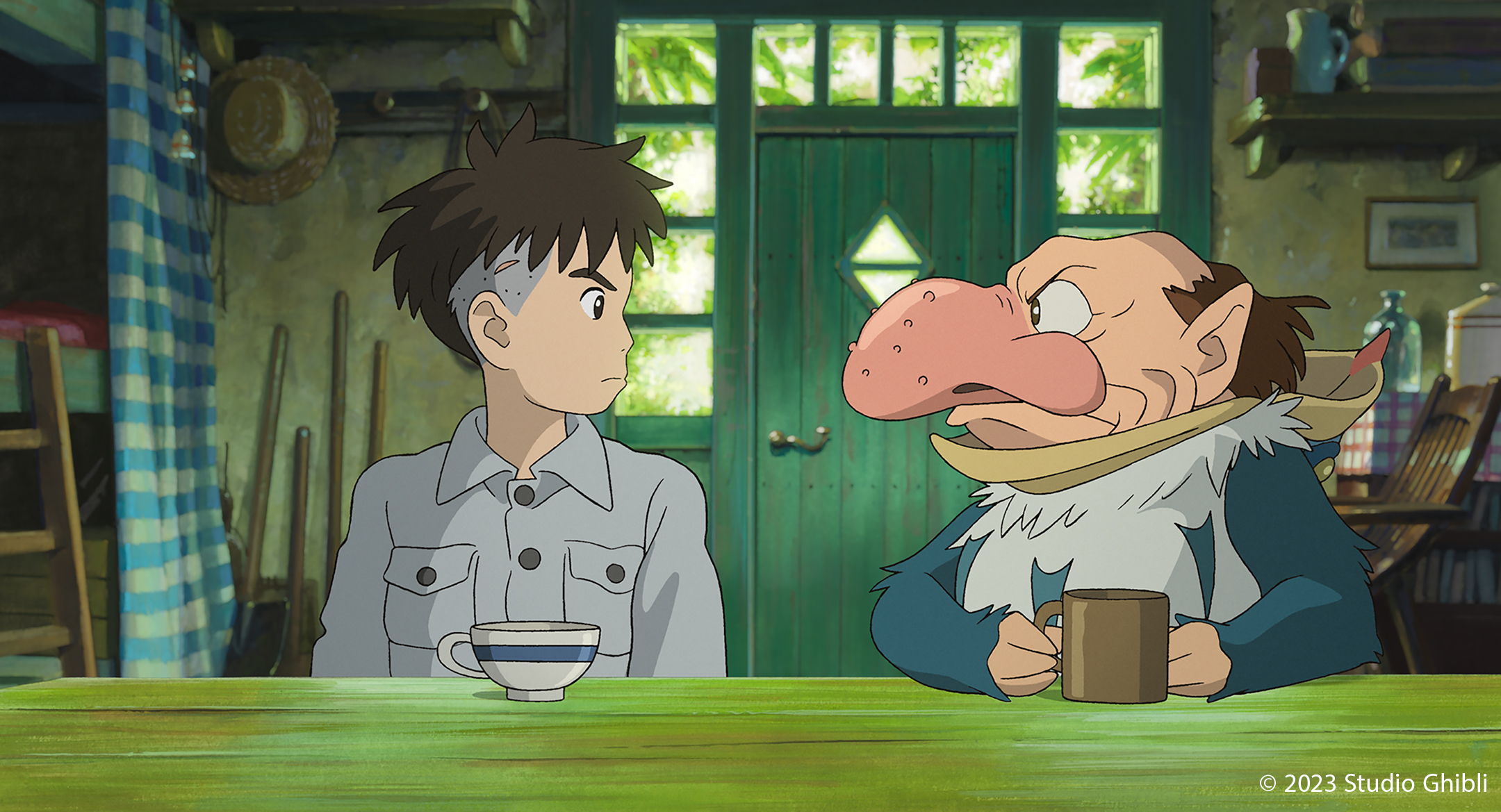
“The Boy and the Heron” is a visual and auditory masterpiece that ventures into themes of loss, expectation, and acceptance. It is Studio Ghibli’s most expensive film as of today with production taking approximately seven years before completion.
The film’s animation speaks for itself, beautifully and precisely hand-drawn, and sharing the same charm as previous Ghibli titles. Renowned musician Joe Hisaishi composed the score and Kenshi Yonezu wrote and sang the theme song “Spinning Globe.”
As a film, “The Boy and the Heron” does not bother to hold your hand and narrowly explain the plot. It can get quite confusing as certain motivations are left unsaid and numerous moments are breezed through without explanation or context. The “how” is not nearly given the same amount of attention as the “why” and the “what” and it can be frustrating if you’re in search of meticulously well-crafted world-building.
Instead, what is left is a nuanced yet subdued look into the psyche of Mahito, who remains burdened and held back by his loss, but is surrounded by a world that continues to move on.
“How do you live?”
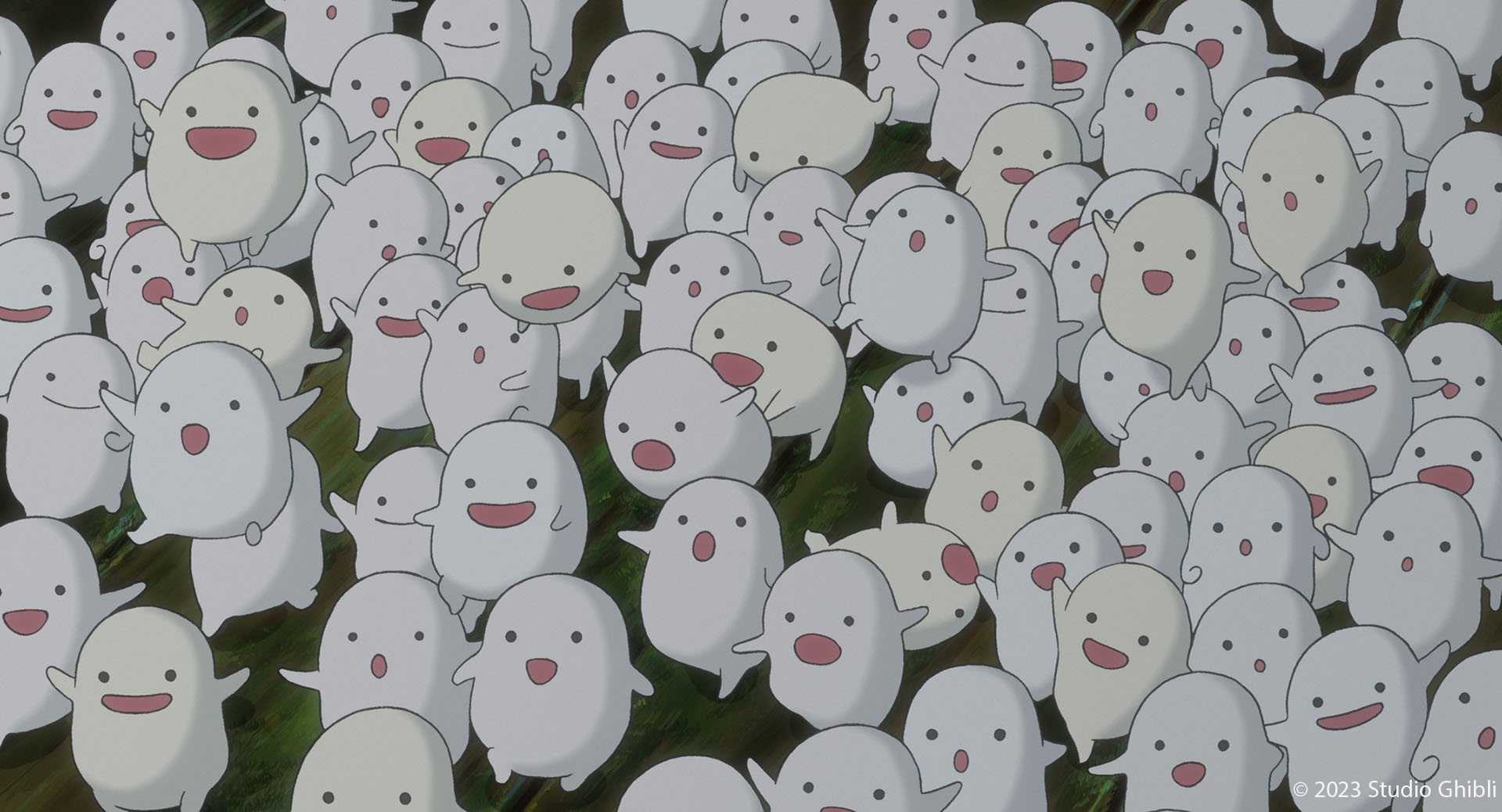
It takes the accumulation of certain experiences to truly appreciate “The Boy and the Heron.” But as Miyazaki injected portions of his life into the film—by viewing it through your own lens can you see the movie in a manner that is uniquely yours—and by that, step into the shoes of a young boy who is slowly navigating through the harsh realities of life.
But as Miyazaki injected portions of his life into the film—by viewing it through your own lens can you see the movie in a manner that is uniquely yours—and by that, step into the shoes of a young boy who is slowly navigating through the harsh realities of life.
As a testament to that, Kenshi Yonezu drew from his adoration for Miyazaki and his films in writing “Spinning Globe.”
I catch the wind and start running, overcoming the rubble
At the end of this road, someone is waiting for me
Dream of light shining through, at any day of the week
Open the door this moment, like revealing hidden secrets
The joy of holding one’s hand, the suffering of losing one
Can’t hold myself from picturing, like the spinning globe
“Spinning Globe.” Lyrics, music, and performed by Kenshi Yonezu.
He shared in an interview with Billboard, “Therefore, although the (Japanese) title of the movie could be translated as ‘How do you live?,’ my stance on making this song was more like, ‘I have lived my life this way,’ or, ‘This is how I will keep going on with my life.’”
He added, “I wrote this song for the movie; it projects the main character and what had swirled in the story. But at the same time, all sorts of things, such as Mr. Miyazaki himself and myself growing up watching Miyazaki movies, are also unraveled here while still in opacity. The lyrics go all the way back to one’s birth and into how to live life.”
“I wanted to start the lyrics from absolute celebration. Mr. Miyazaki has made movies to this day to tell children that ‘this world is worth living.’ Taking that into consideration, I was pretty sure that the song should start from ‘You were brought into this world to be wanted,’ otherwise it wouldn’t make sense,” Yonezu explained.

